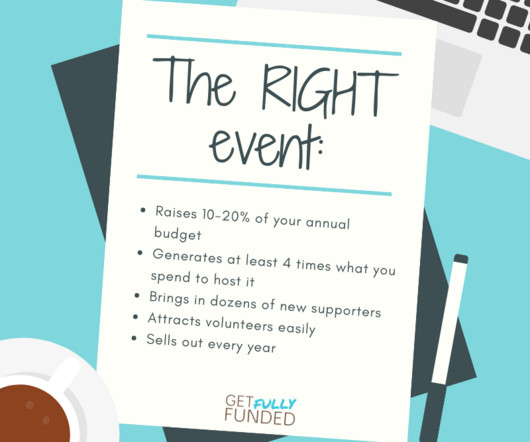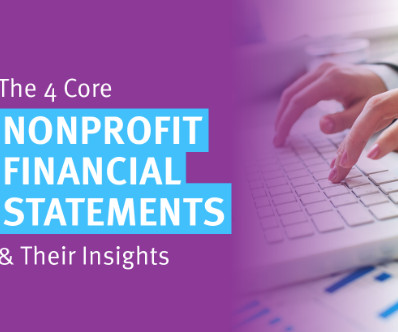The downsides of starting a nonprofit organization
Candid
DECEMBER 6, 2022
However, there are definite costs associated with operating at the state level, filing with the IRS, and registering for charitable solicitation. You may also have legal fees and operational costs, such as office space, salaries, and insurance. Whatever you decide, we’re here to help.



















Let's personalize your content